Why Choose Compact Binoculars for Wildlife Spotting?
Imagine you’re hiking through a dense forest, and a flash of color catches your eye—a rare bird perched just out of reach. You fumble for your binoculars, but they’re bulky, heavy, and a hassle to carry. That’s where compact binoculars swoop in to save the day. These lightweight, pocket-sized optics are a game-changer for wildlife enthusiasts, blending portability with the power to bring distant creatures into sharp focus. But why are they so perfect for spotting wildlife?
Compact binoculars are designed for adventurers who don’t want to be weighed down. Whether you’re trekking through rugged terrain or hopping on a spontaneous road trip, these optics slip into your backpack or even your pocket, ready for action. They’re not just about convenience, though—they pack enough optical punch to rival their bulkier cousins, making them a top choice for birdwatchers, safari-goers, and casual nature lovers alike.
Portability Meets Performance
The magic of compact binoculars lies in their ability to balance size and optical quality. Unlike full-size models with 42mm objective lenses, compacts typically range from 25mm to 32mm, shedding ounces without sacrificing clarity. Think of them like a sleek sports car: smaller and lighter than a truck but still capable of delivering a thrilling ride. High-quality compacts use premium glass and coatings to ensure bright, crisp images, even in low-light conditions like dawn or dusk when wildlife is most active.

Ideal for On-the-Go Adventures
Ever tried lugging a heavy pair of binoculars up a mountain? It’s like carrying a brick in your pack. Compact binoculars are built for spontaneity, perfect for hikers, backpackers, or travelers who want to seize unexpected wildlife moments. Their small size makes them easy to stash in a glove compartment or daypack, ensuring you’re always ready to spot a deer grazing in a meadow or a hawk soaring overhead. Plus, their ergonomic designs often cater to quick, one-handed use—crucial when you’re trying to focus on a fast-moving target.
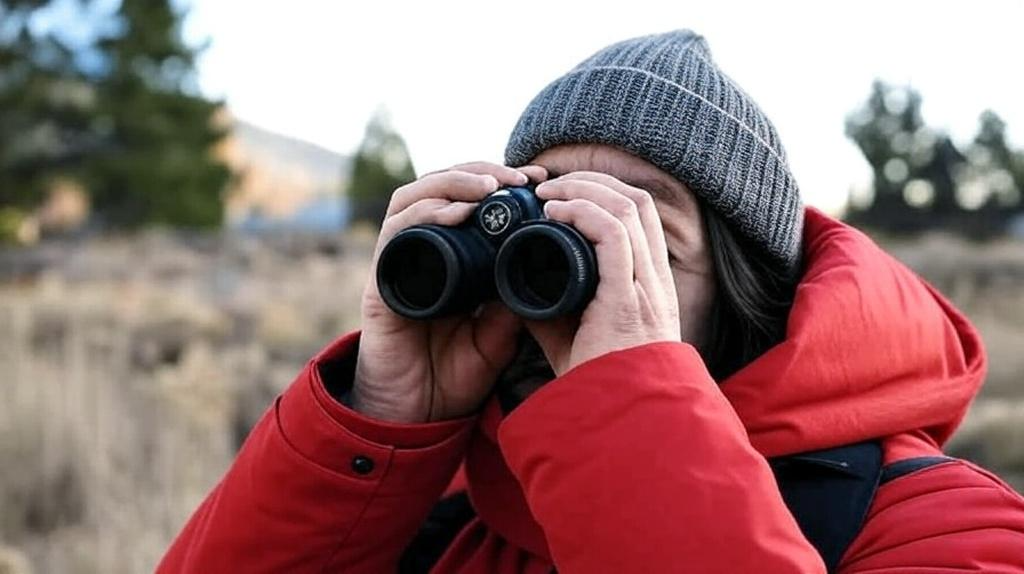
Key Features to Look for in Compact Binoculars
Not all compact binoculars are created equal. To find the best pair for wildlife spotting, you need to know what features matter most. Let’s break down the must-haves that’ll make your wildlife adventures unforgettable.
Magnification and Objective Lens Size
The numbers on binoculars, like 8×28 or 10×32, tell you their magnification and objective lens size. Magnification (the first number) determines how much closer objects appear—an 8x makes things look eight times closer. For wildlife spotting, 8x or 10x is ideal; 8x offers a wider field of view for tracking moving animals, while 10x brings distant details into focus, perfect for open landscapes. The objective lens size (the second number) affects brightness. A 28mm or 32mm lens is common in compacts, striking a balance between light-gathering ability and portability.

Field of View and Close Focus
A wide field of view (FOV) is like having a bigger window to the world—it lets you scan more terrain and track fast-moving critters like birds or antelope. Look for an FOV of at least 350 feet at 1000 yards for versatility. Close focus is equally important, especially for birders or insect enthusiasts. A close-focus distance of 6–8 feet lets you zoom in on nearby butterflies or songbirds without scaring them away.

Build Quality and Durability
Wildlife spotting often means braving the elements—rain, dust, or humidity. Your binoculars need to keep up. Opt for models that are waterproof and fog-proof, with nitrogen-purged lenses to prevent internal fogging. A rugged, rubber-armored body protects against drops and bumps, while a grippy design ensures they won’t slip from sweaty hands. Durability isn’t just about surviving the outdoors; it’s about ensuring your investment lasts for years of adventures.

Eye Relief for Comfort
If you wear glasses, eye relief is your best friend. This spec measures how far your eyes can be from the eyepiece while still seeing the full field of view. For glasses wearers, aim for at least 15mm of eye relief to avoid squinting or missing the edges of the image. Adjustable, twist-up eyecups are a bonus, letting you fine-tune the fit for maximum comfort during long spotting sessions.

Top Compact Binoculars for Wildlife Spotting in 2025
Ready to find the perfect pair? Here’s a curated list of the top compact binoculars for wildlife spotting, each analyzed for performance, portability, and value. These models stand out for their optical clarity, durability, and suitability for nature lovers.
Vortex Diamondback HD 8×28
The Vortex Diamondback HD 8×28 is a crowd-pleaser, blending affordability with stellar optics. Its high-definition glass delivers bright, colorful images, even in dim light, making it ideal for dawn birdwatching or dusk safaris. Weighing just 14 ounces, it’s a breeze to carry, and the 6-foot close focus is perfect for spotting nearby critters. The wide 332-foot FOV helps track fast-moving birds, though the eye relief (18mm) is a dream for glasses wearers. Downsides? It’s not the most premium option, but for under $200, it’s tough to beat.

Nikon ProStaff P7 8×30
Nikon’s ProStaff P7 8×30 is a budget-friendly gem with surprising optical chops. Its multi-coated lenses and BaK-4 prisms produce crisp, bright images, while the 351-foot FOV makes it easy to follow wildlife on the move. At 17 ounces, it’s slightly heavier than some compacts, but the waterproof, fog-proof build ensures durability in wet conditions. The 15.4mm eye relief suits most glasses wearers, and the price—around $180—makes it accessible for beginners. Minor edge distortion is a drawback, but it’s negligible for casual use.

Zeiss Terra ED 8×32
For those willing to splurge, the Zeiss Terra ED 8×32 is a premium pick with exceptional optics. Its Schott ED glass minimizes color fringing, delivering razor-sharp images that make identifying distant birds a breeze. Weighing 18 ounces, it’s still highly portable, and the 425-foot FOV is among the widest in its class. The 16.5mm eye relief and smooth focus knob enhance comfort, while the hydrophobic lens coating repels water and dirt. The catch? It’s pricier, often exceeding $400, but the quality justifies the cost for serious spotters.

Maven C.2 10×28
The Maven C.2 10×28 is a compact powerhouse for those prioritizing portability without skimping on quality. Its ED glass and fully multi-coated lenses deliver bright, high-contrast images, ideal for low-light wildlife spotting. At just 12 ounces and 4.5 inches long, it’s one of the lightest options, perfect for backpackers. The 262-foot FOV is narrower due to the 10x magnification, but the 15mm eye relief and durable build make it versatile. Priced around $300, it’s a mid-range option with near-premium performance.

Celestron Nature DX 10×32
Beginners and budget-conscious buyers will love the Celestron Nature DX 10×32. For under $150, it offers phase-coated BaK-4 prisms and a 304-foot FOV, providing solid clarity for spotting wildlife in open areas. The 14mm eye relief is adequate but not ideal for glasses wearers, and the 18-ounce weight feels light on hikes. Its waterproof, fog-proof design holds up in tough conditions, though the focus knob can be stiff. It’s an excellent entry-level choice for casual nature enthusiasts.

How to Choose the Right Compact Binoculars for You
With so many options, picking the right binoculars can feel overwhelming. Here’s a quick guide to narrow it down based on your needs, budget, and spotting style.
Budget vs. Premium Options
Your budget will shape your choice. If you’re just starting out, models like the Celestron Nature DX or Nikon ProStaff P7 offer great value under $200. For serious spotters, investing in a Zeiss Terra ED or Maven C.2 brings superior optics and durability, but expect to spend $300–$500. Think of it like buying shoes: a cheap pair gets you moving, but a quality pair lasts longer and feels better on the trail.
Testing Binoculars Before Buying
Don’t buy blindly—test binoculars if you can. Visit outdoor retailers, nature reserves, or birding events to try different models. Hold them, focus on distant objects, and check for comfort and clarity. Can you spot details in low light? Is the weight manageable? Hands-on testing ensures you find a pair that feels like an extension of your eyes.

Matching Binoculars to Your Wildlife Spotting Style
Your spotting style matters. Birders need a wide FOV and close focus for tracking small, fast-moving targets, so an 8×32 like the Zeiss Terra ED shines. For big game in open terrain, a 10×28 like the Maven C.2 offers extra reach. Consider your environment—dense forests favor 8x for brightness, while savannas suit 10x for distance. Match the tool to the task, and you’ll spot more wildlife with less frustration.

Tips for Using Compact Binoculars in the Field
Got your binoculars? Great! Now let’s make sure you get the most out of them with these practical tips for wildlife spotting.
Proper Handling and Maintenance
Hold binoculars steady with both hands, elbows tucked in, for a shake-free view. To focus, stare at your target with your naked eye first, then raise the binoculars—don’t pan and scan aimlessly. Clean lenses gently with a microfiber cloth, avoiding shirtsleeves that can scratch. Store them in a padded case to protect against bumps. Treat them like a prized camera, and they’ll perform like one.

Enhancing Your Wildlife Spotting Experience
Accessories can elevate your game. A binocular harness takes weight off your neck, perfect for long hikes. A smartphone adapter lets you capture photos through the lenses, turning your binoculars into a makeshift telephoto lens. Practice spotting techniques, like scanning in a grid pattern, to cover more ground. With the right tools and habits, you’ll spot that elusive owl before it spots you.
Conclusion
Compact binoculars are your ticket to unforgettable wildlife adventures, bringing distant animals into vivid focus without weighing you down. From the budget-friendly Celestron Nature DX to the premium Zeiss Terra ED, there’s a pair for every spotter, whether you’re chasing birds or stalking big game. Focus on key features like magnification, field of view, and durability, and test models to find your perfect fit. With the right binoculars in hand, you’ll see the natural world like never before—so grab a pair, hit the trail, and start spotting!
FAQs
- What’s the difference between 8x and 10x magnification for wildlife spotting?
8x offers a wider field of view and brighter image, ideal for tracking moving animals in dense cover. 10x provides more detail for distant targets, better for open areas like savannas. Choose based on your environment and spotting style. - Are compact binoculars good for low-light conditions?
Compacts with 28mm–32mm lenses perform decently at dawn or dusk, especially with high-quality glass like the Vortex Diamondback HD. For better low-light performance, consider full-size 42mm models. - How important is waterproofing in compact binoculars?
Very important! Wildlife spotting often involves rain, humidity, or dust. Waterproof, fog-proof binoculars like the Nikon ProStaff P7 ensure clear views and durability in harsh conditions. - Can I use compact binoculars for stargazing?
Yes, but they’re not ideal. Models like the Celestron Nature DX 10×32 work for casual stargazing, but larger objective lenses (50mm+) are better for low-light astronomy. - How do I know if a binocular’s eye relief is right for me?
If you wear glasses, aim for at least 15mm of eye relief to see the full field of view comfortably. Test the binoculars to ensure no black edges appear in your vision.
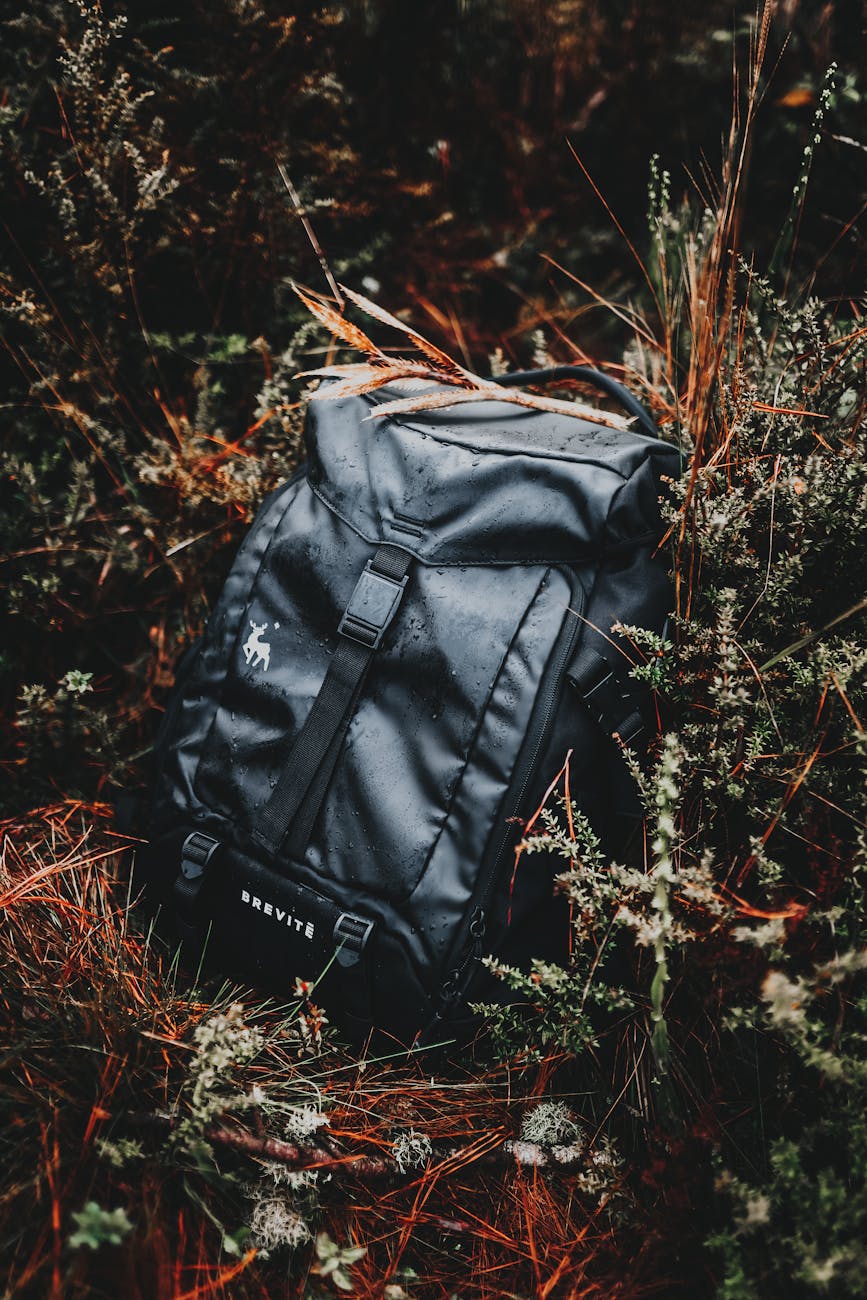
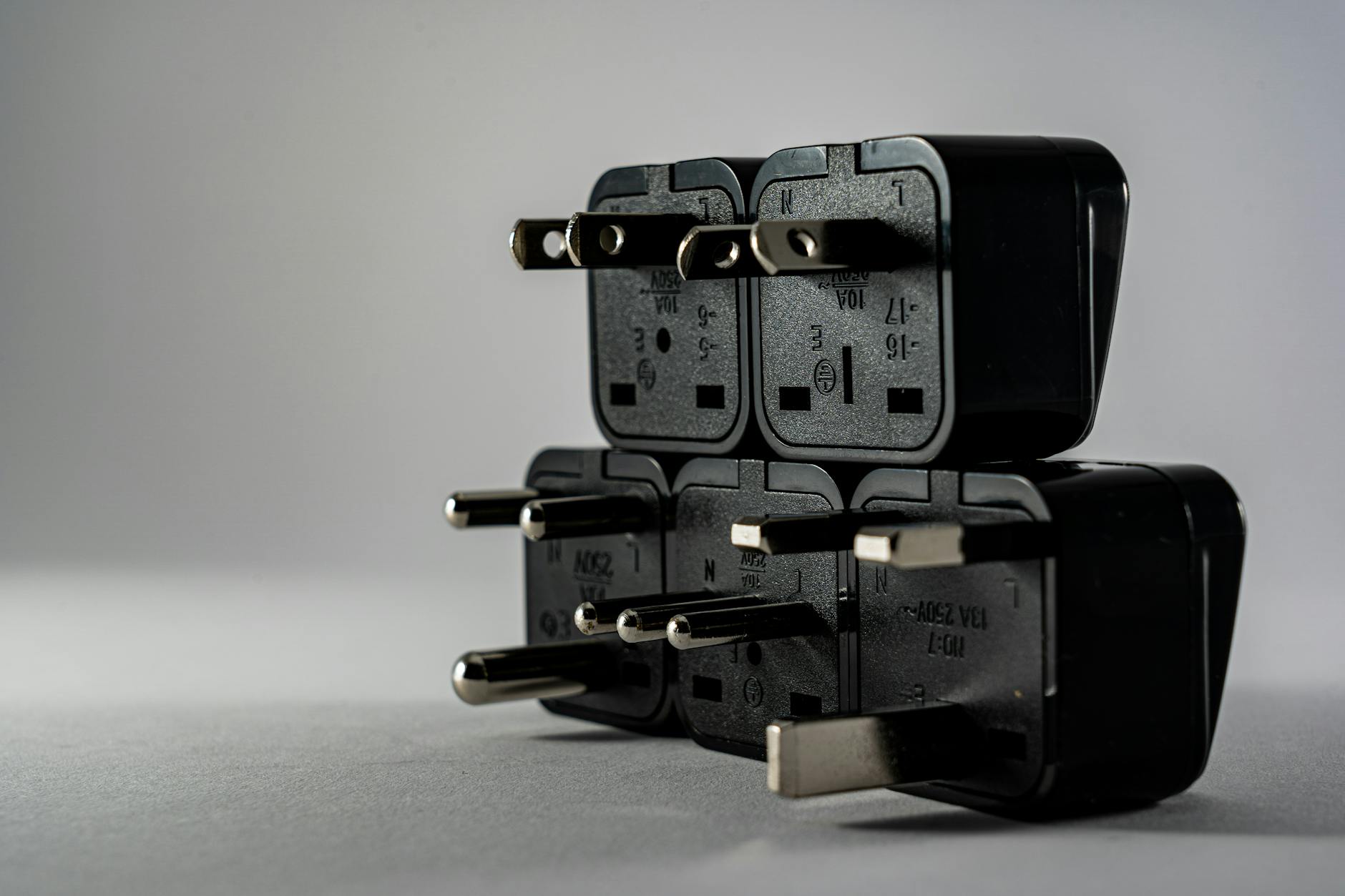
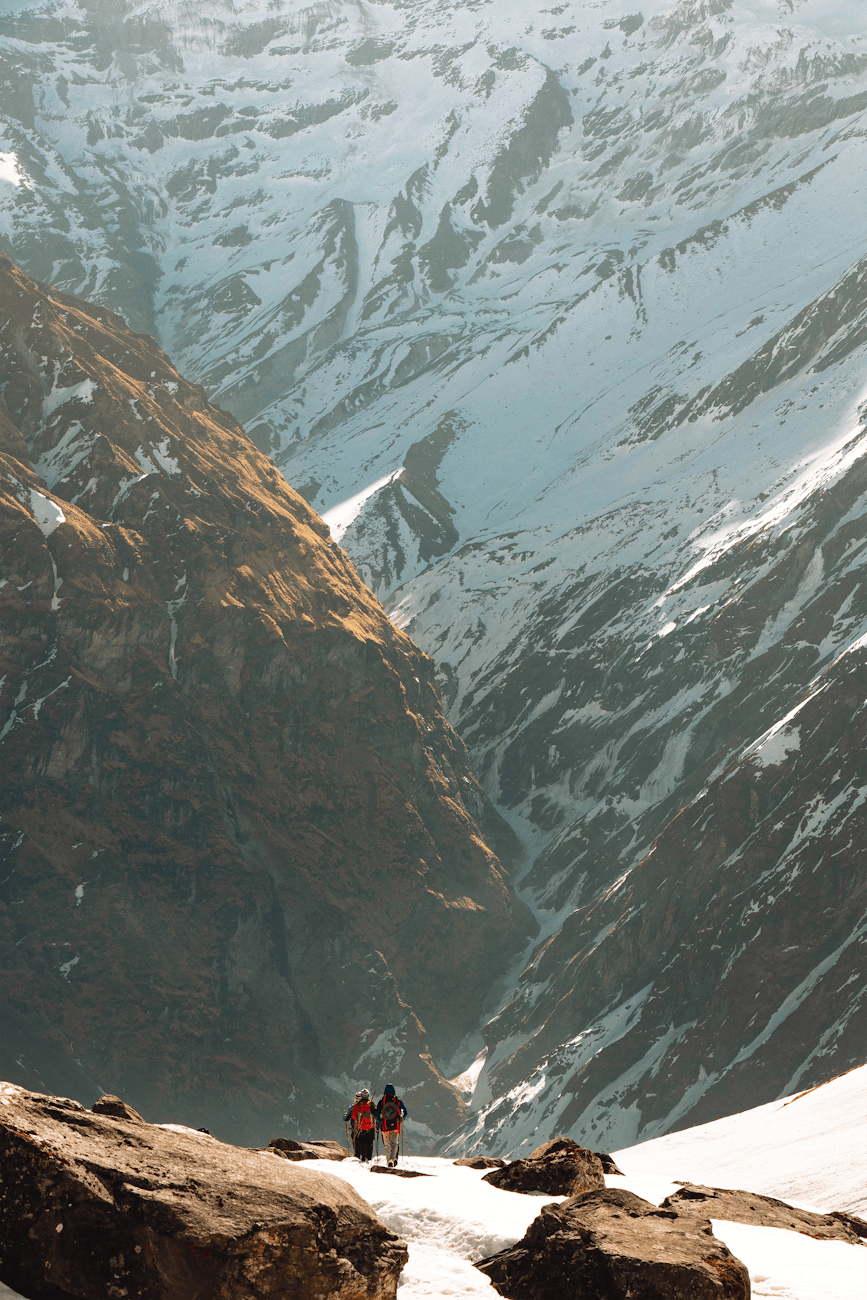
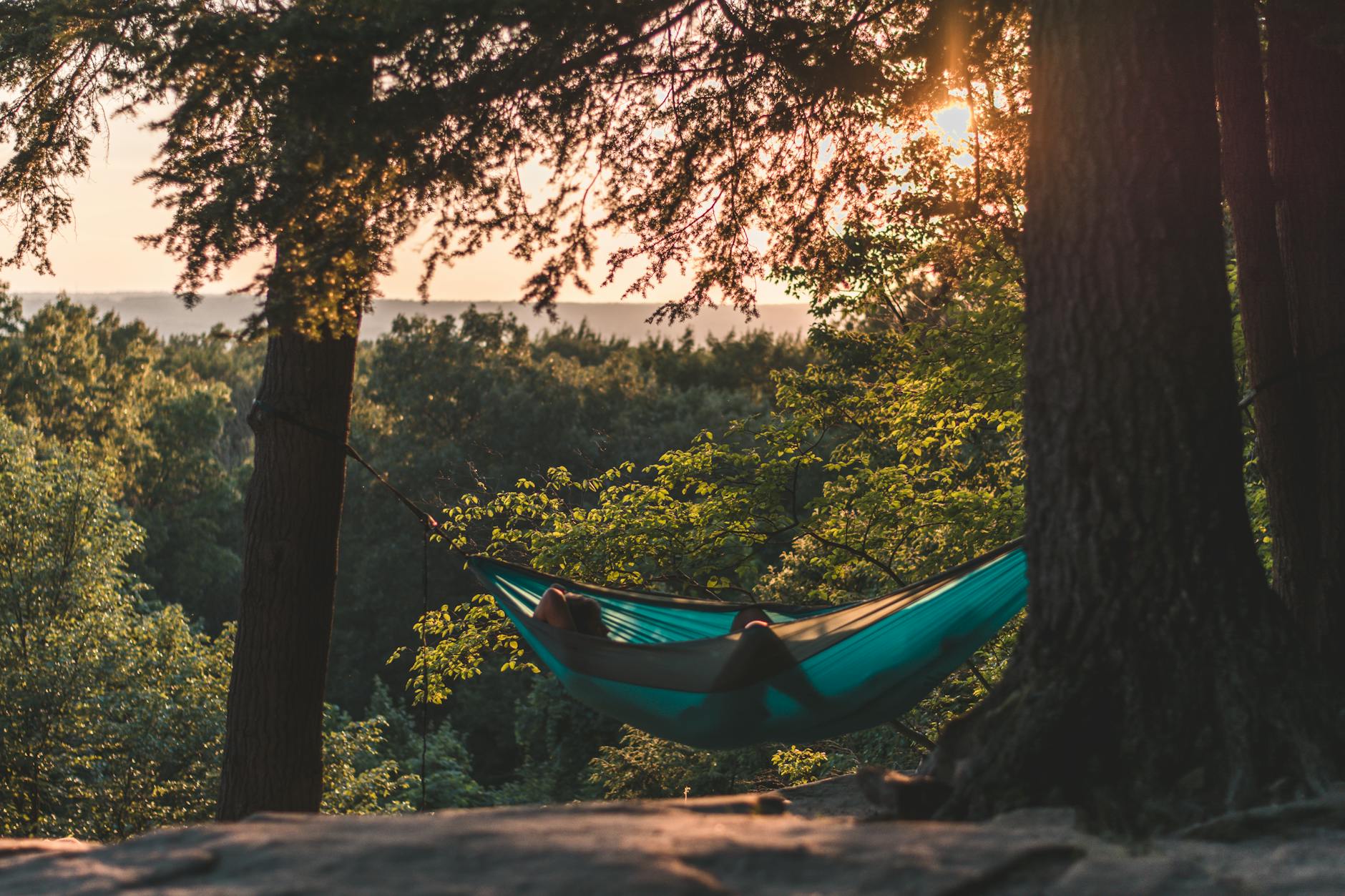

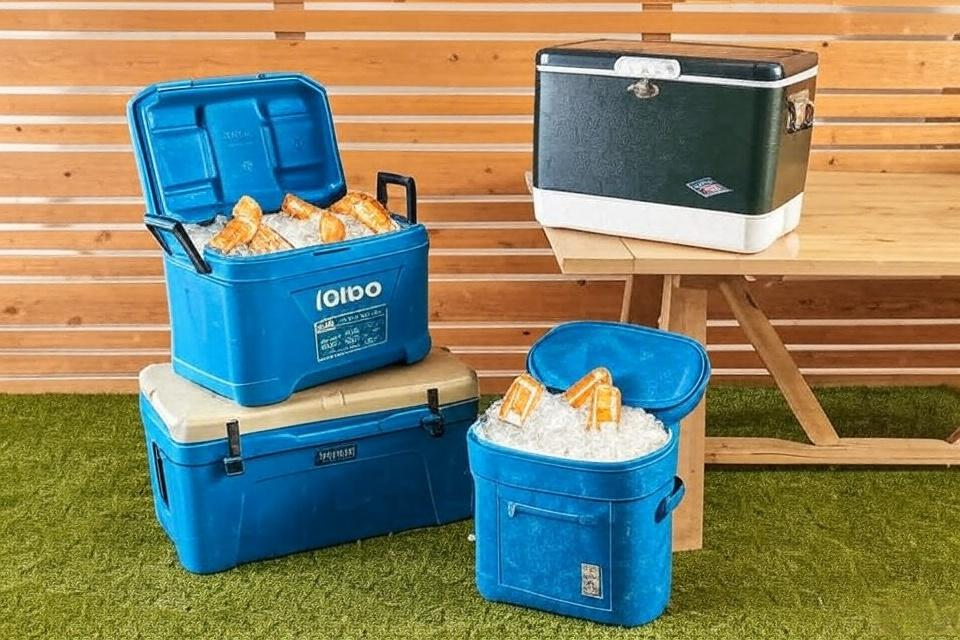



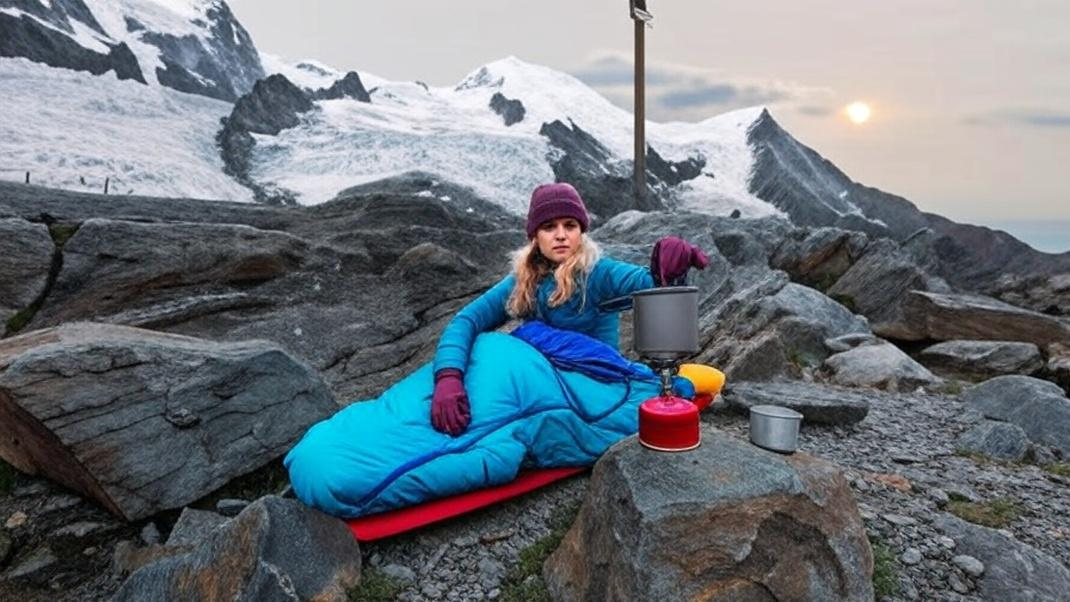



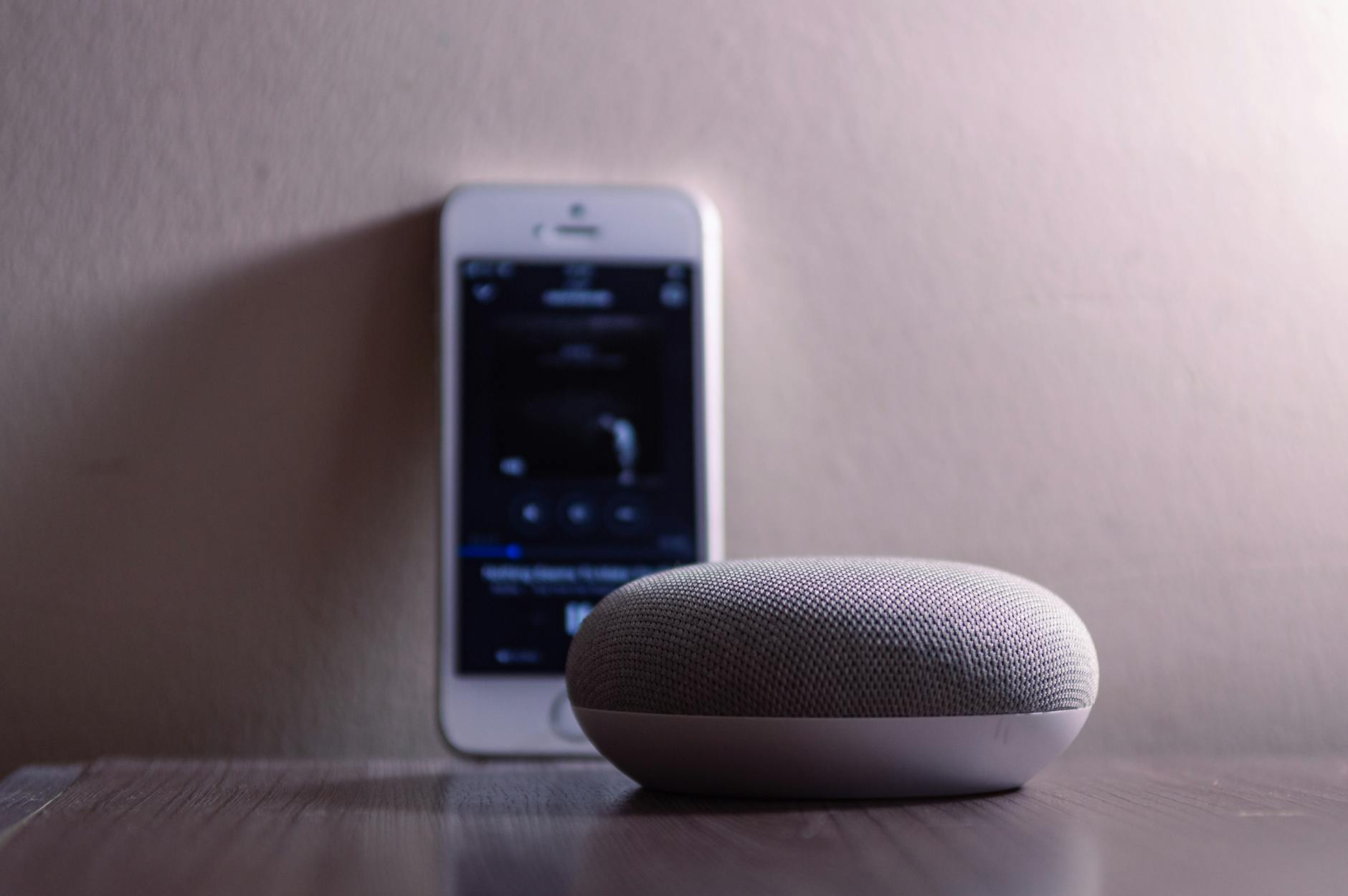
Leave a Reply